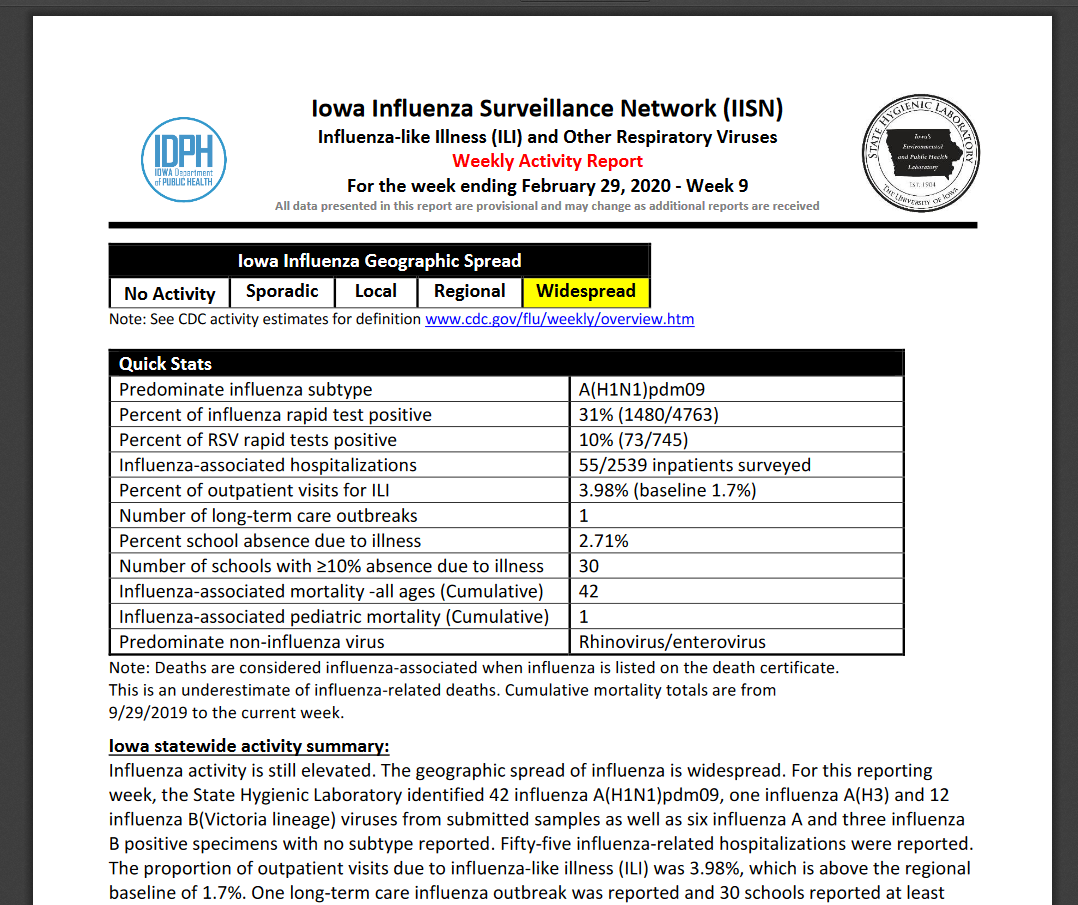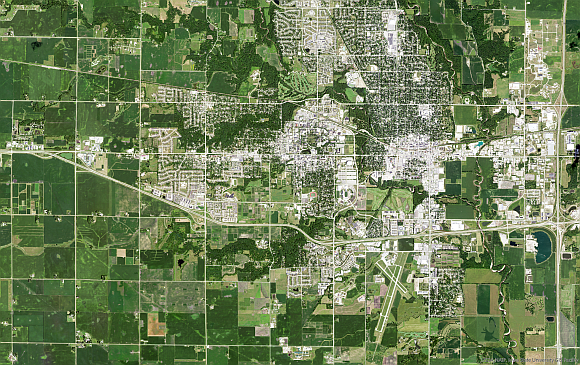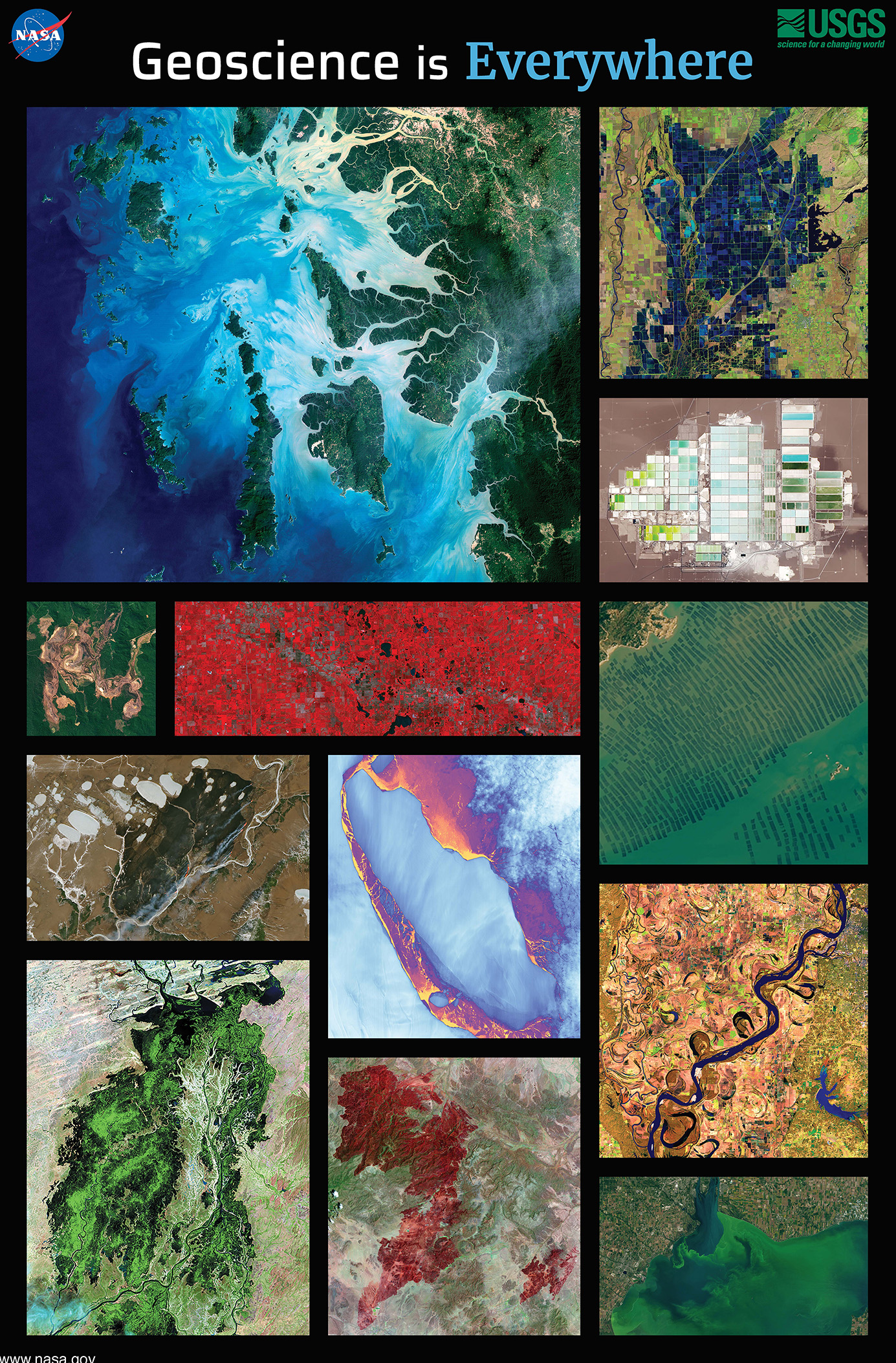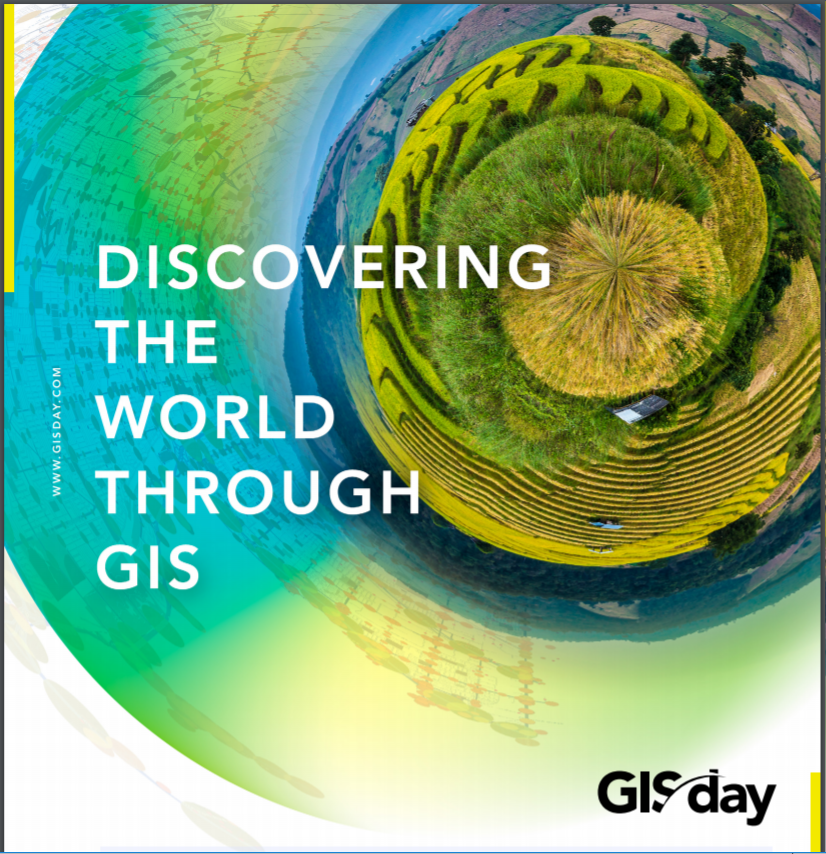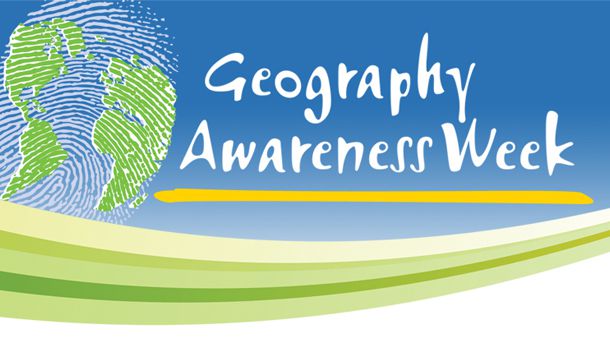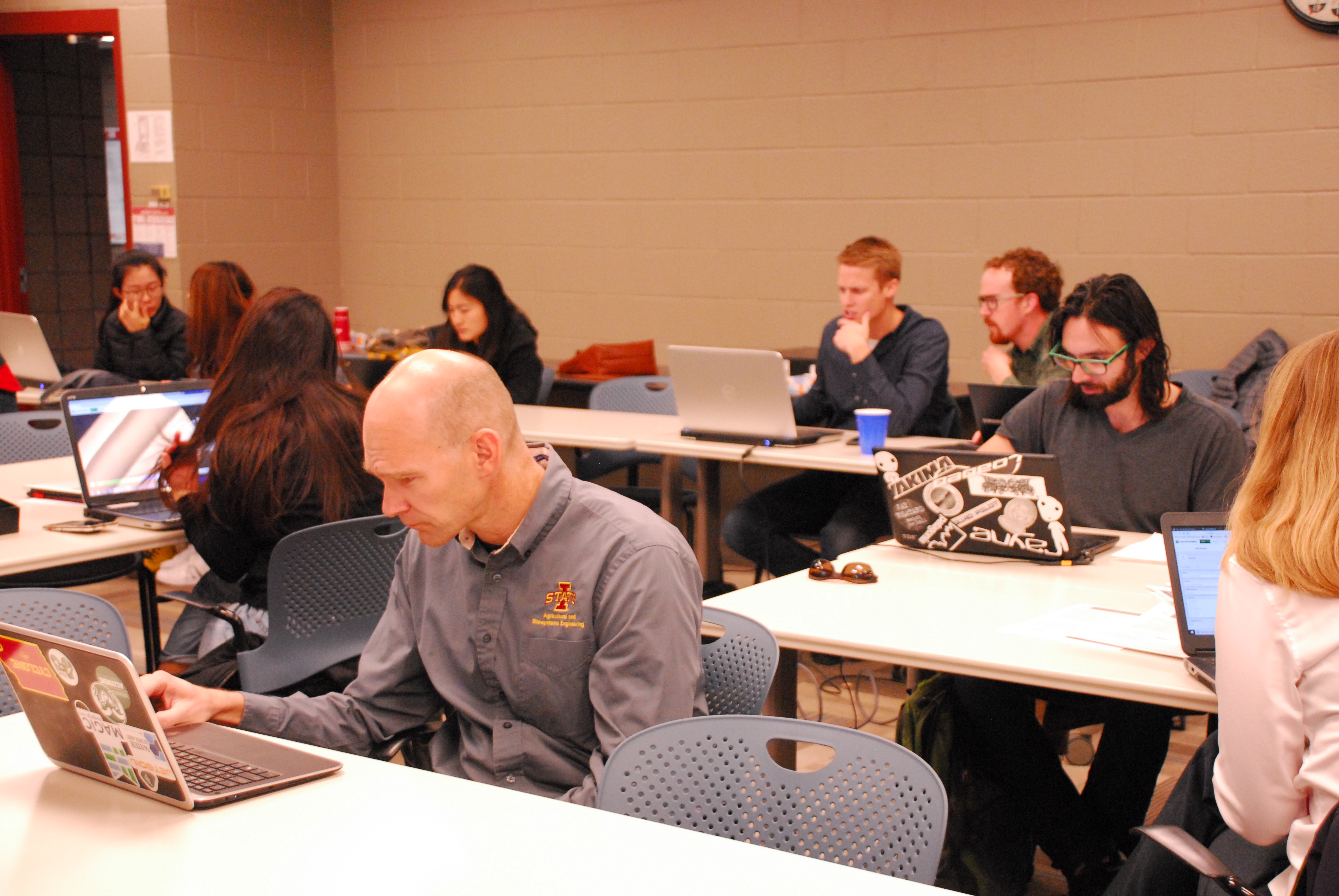COVID-19 GIS Map Resources
The geospatial community has been doing a good job of mapping known COVID-19 cases. Having data in a map can often help us with decision making and help keep things in perspective.
ESRI has a COVID-19 GIS Hub which has a lot of great maps, data and applications.
Below are links to three maps that I have found useful:
– John Hopkins University has a map of global cases of the Coronavirus COVID-19 including data about confirmed cases, deaths, recovered, and active cases: https://www.arcgis.com/apps/opsdashboard/index.html#/bda7594740fd40299423467b48e9ecf6

– University of Washington has a more detailed map showing the “infection cases” in the United States. This map has descriptive information about the cases which I have found helpful in understanding more about how the virus and transmission. https://hgis.uw.edu/virus/

– Another map that I have found helpful was produced by 1point3acres, it provides details about each individual case and includes case number, date confirmed, county, and other case notes. https://coronavirus.1point3acres.com/en
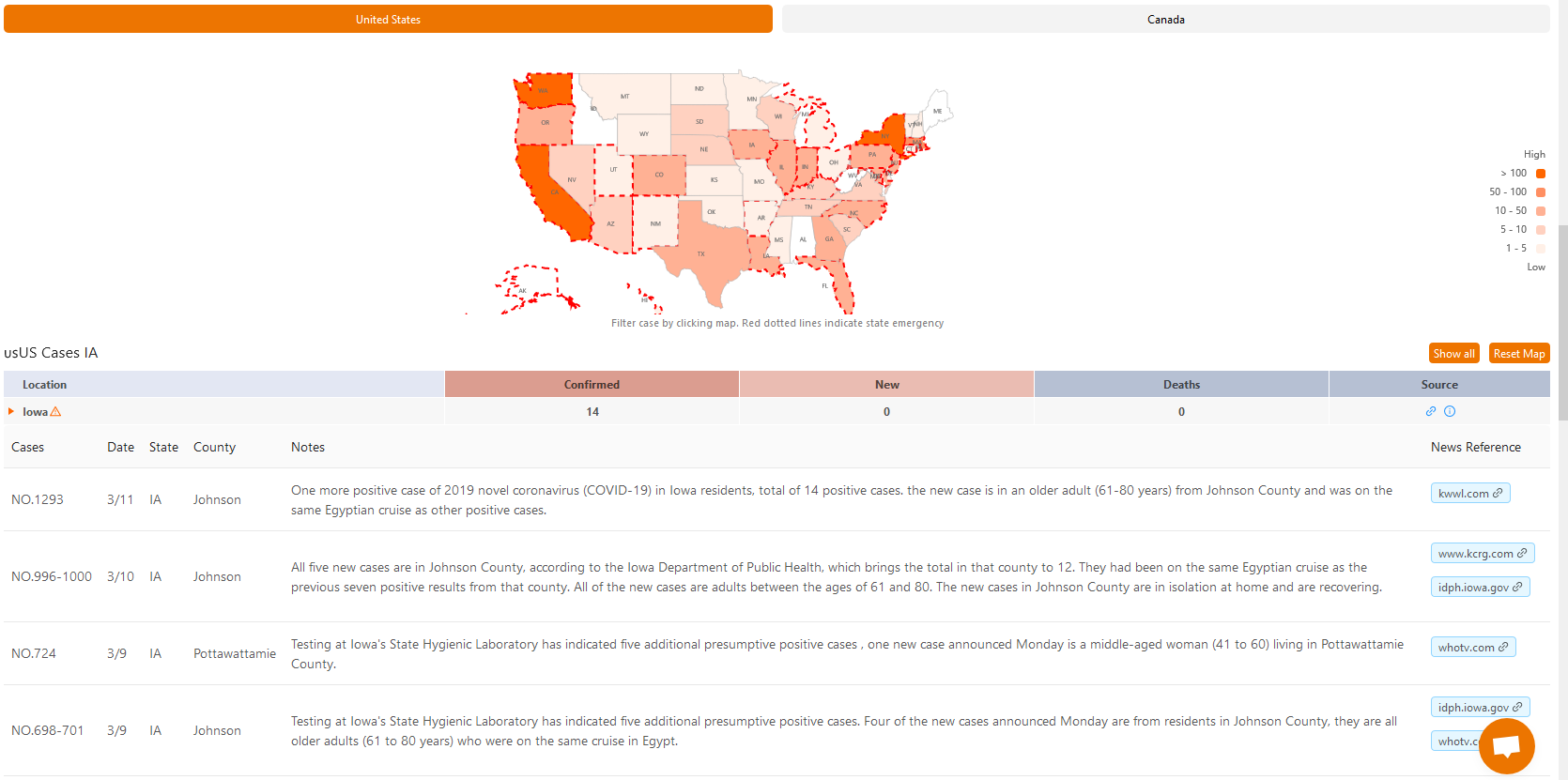
The Iowa Department of Public Health also produces a weekly Flu report (Iowa Influenza Surveillance Network) which gives very detailed information about the state of influenza-like illnesses across the state throughout the flu season. https://idph.iowa.gov/influenza/reports
